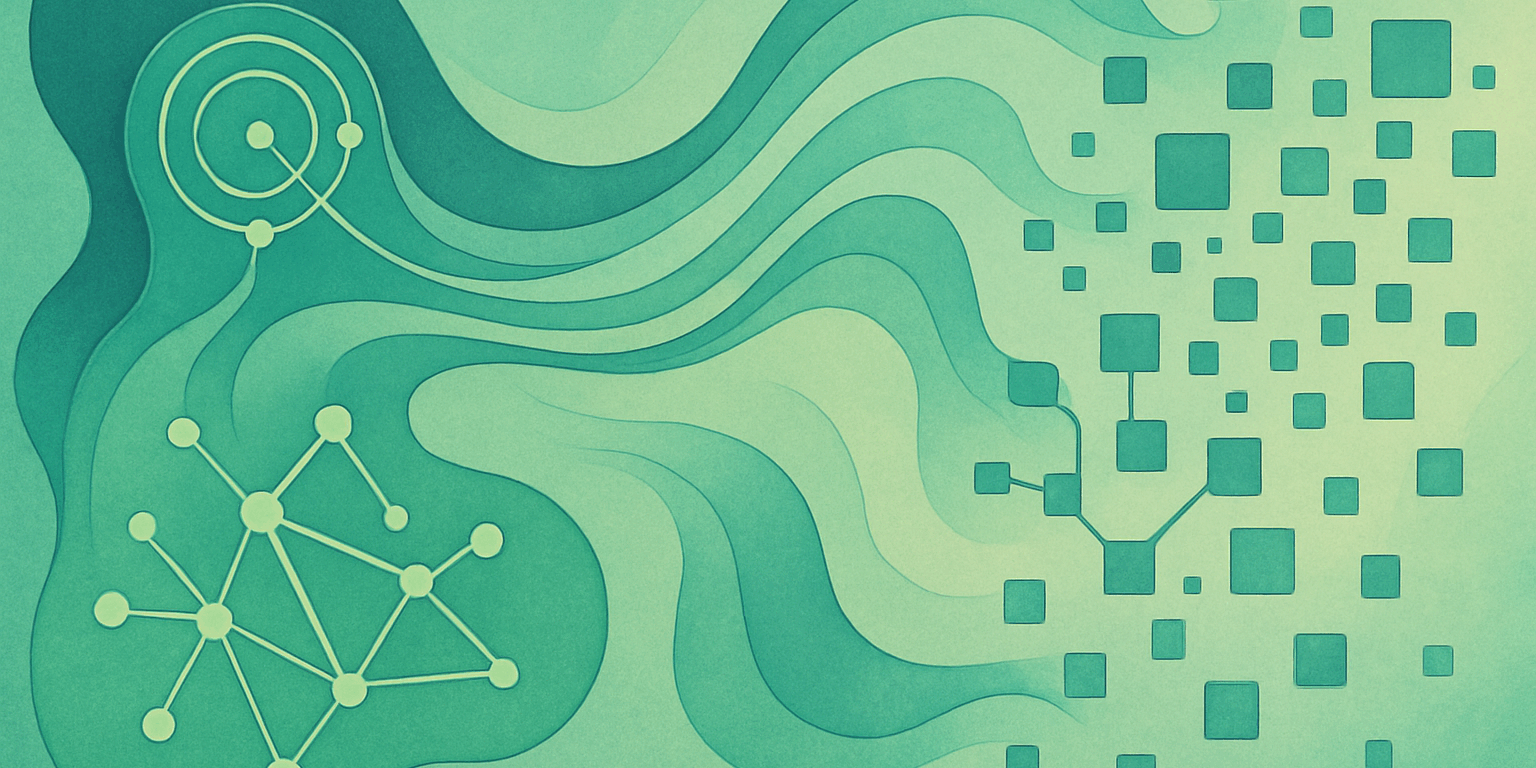March 13, 2025
Sensing and communication systems based on quantum-mechanical phenomena can greatly outperform today’s systems, in terms of accuracy and reliability, and are considered a pivotal part of developing next-generation networks. Developing quantum information and decision systems that come close to meeting the theoretical quantum advantages has been a longstanding challenge. Now, a team of researchers at MIT and the University of Ferrara (UniFe) in Italy has developed a framework that could open up new ways of pushing such quantum systems all the way to their fundamental limits.
The key to the team’s new approach is the use of what are known as non-Gaussian quantum states. Most works on quantum sensing and communication systems are based on Gaussian states — namely, states of the electromagnetic field that can be described by Gaussian models. However, many quantum systems based on Gaussian states inevitably suffer from limitations that prevent them from achieving the full quantum advantage.
Complete article from MIT News.
Explore
MIDDAS: Memory Integration and Data Dis-Aggregation
Wednesday, November 19, 2025 | 12:00 - 1:00pm ET
Hybrid
Zoom & MIT Campus
Theory-Guided Strategy Expands the Scope of Measurable Quantum Interactions
Adam Zewe | MIT News
An oft-ignored effect can be used to probe an important property of semiconductors, a new study finds.
Closing in on Superconducting Semiconductors
Julianna Mullen | Plasma Science and Fusion Center
Plasma Science and Fusion Center researchers created a superconducting circuit that could one day replace semiconductor components in quantum and high-performance computing systems.




